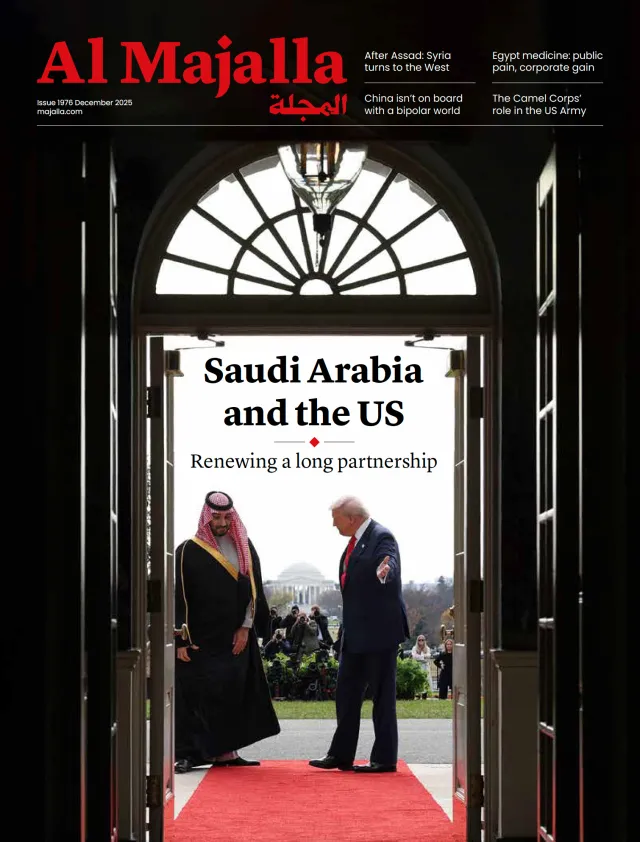Syria has entered a new phase, bringing to a close the political “honeymoon” that followed the regime’s collapse late last year. Several developments illustrate this shift: the “Unity of the Components” conference in al-Hasakah, east of the Euphrates, the French-Turkish rivalry over the Kurdish question, the Amman dialogue on the Druze file, and the cautious return of Russia’s role.
The Autonomous Administration in North and East Syria (AANES) could not have convened its conference without French support and the absence of American objection, given that both countries maintain military and special forces east of the Euphrates as part of the international coalition. The participation—through public statements—of Druze Sheikh Hikmat al-Hijri and Alawite Council head Ghazal Ghazal was no coincidence; it signalled the beginnings of a “minorities alliance” opposed to the government’s position and to the Sunni majority.
The conference’s closing statement openly endorsed decentralisation, the drafting of a new constitution, and the formation of a new national army. This course was reinforced when the three Druze religious authorities moved to unify their stance. Sheikhs Hamoud al-Hanawi and Yusuf al-Jarbou issued video statements echoing al-Hijri’s criticism of the government, calling for an international investigation, and noting the positions of several states, including Israel.
Following the conference, Jordan and the United States began arranging a ministerial-level negotiation track in Amman between the government and Druze leaders, with the participation of officials from several countries, including Türkiye. This represents an effort to establish a regional alternative to the international “Paris track” in addressing the Kurdish and Druze issues.
Paris had earlier hosted Syrian-Israeli talks on the future of the southern provinces bordering Jordan, during which Israel presented a set of demands that included the withdrawal of all heavy and medium weaponry from the south and the establishment of local councils and autonomous administrations in Sweida, Daraa, and Quneitra, under Israeli air cover.




